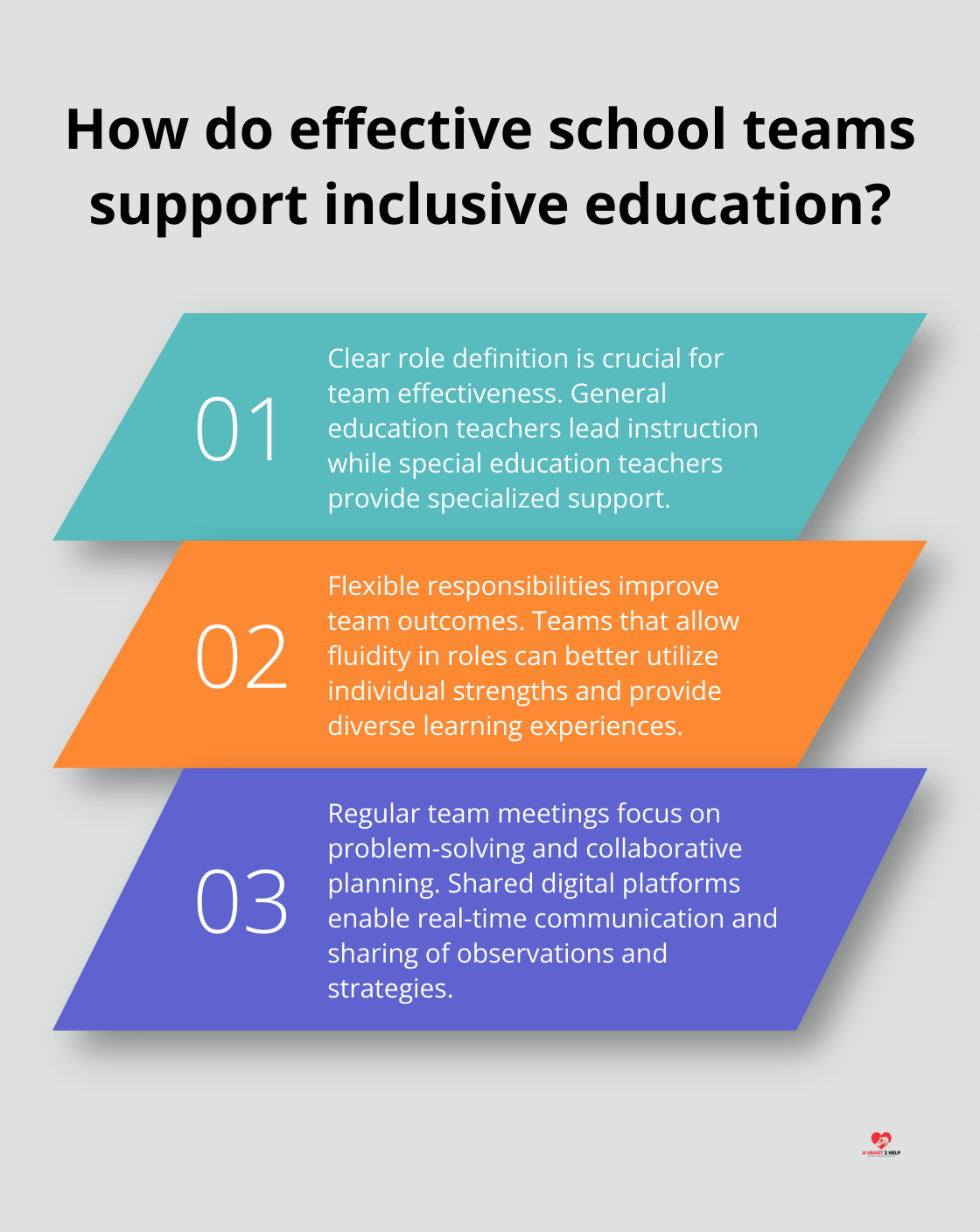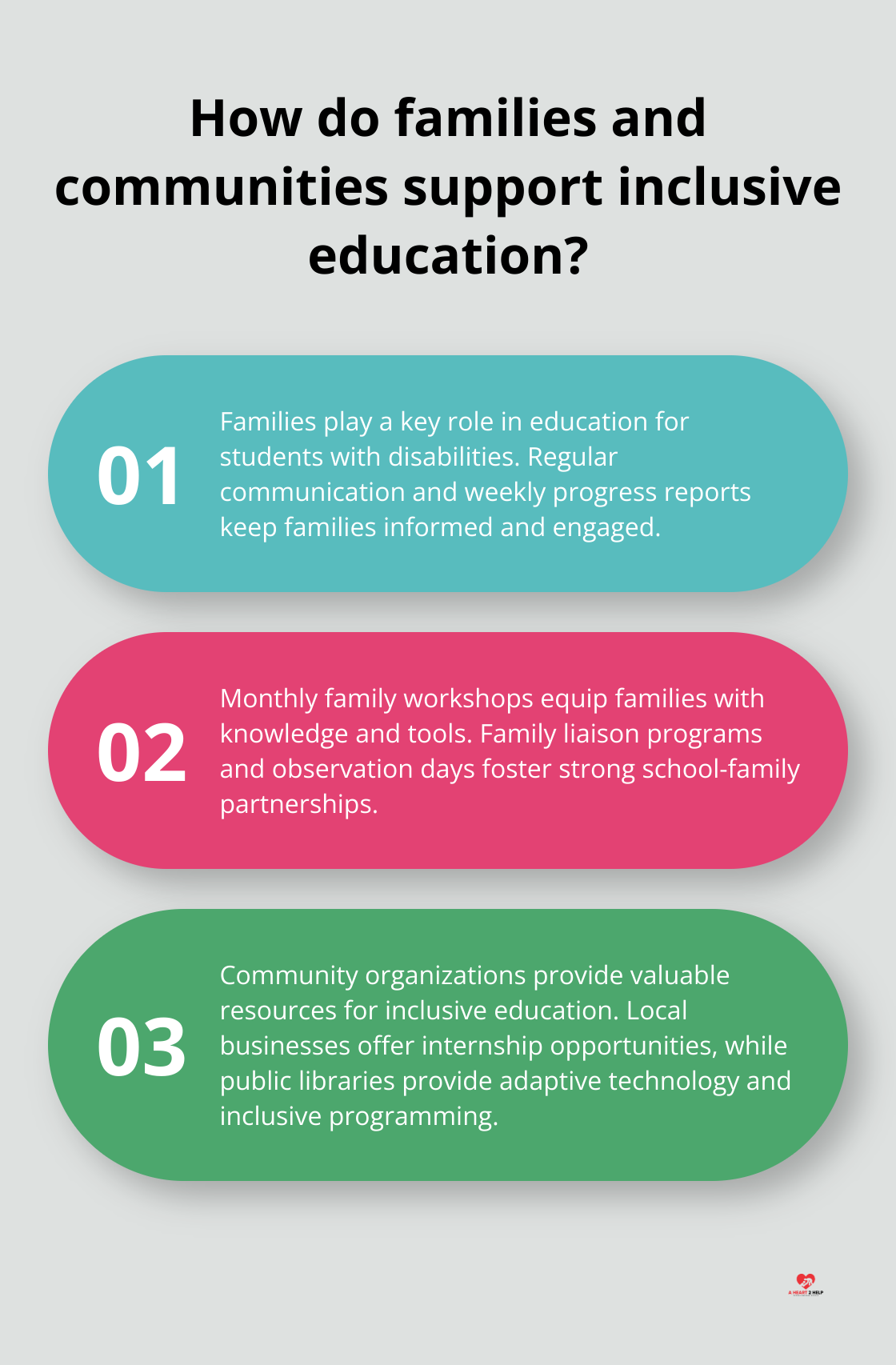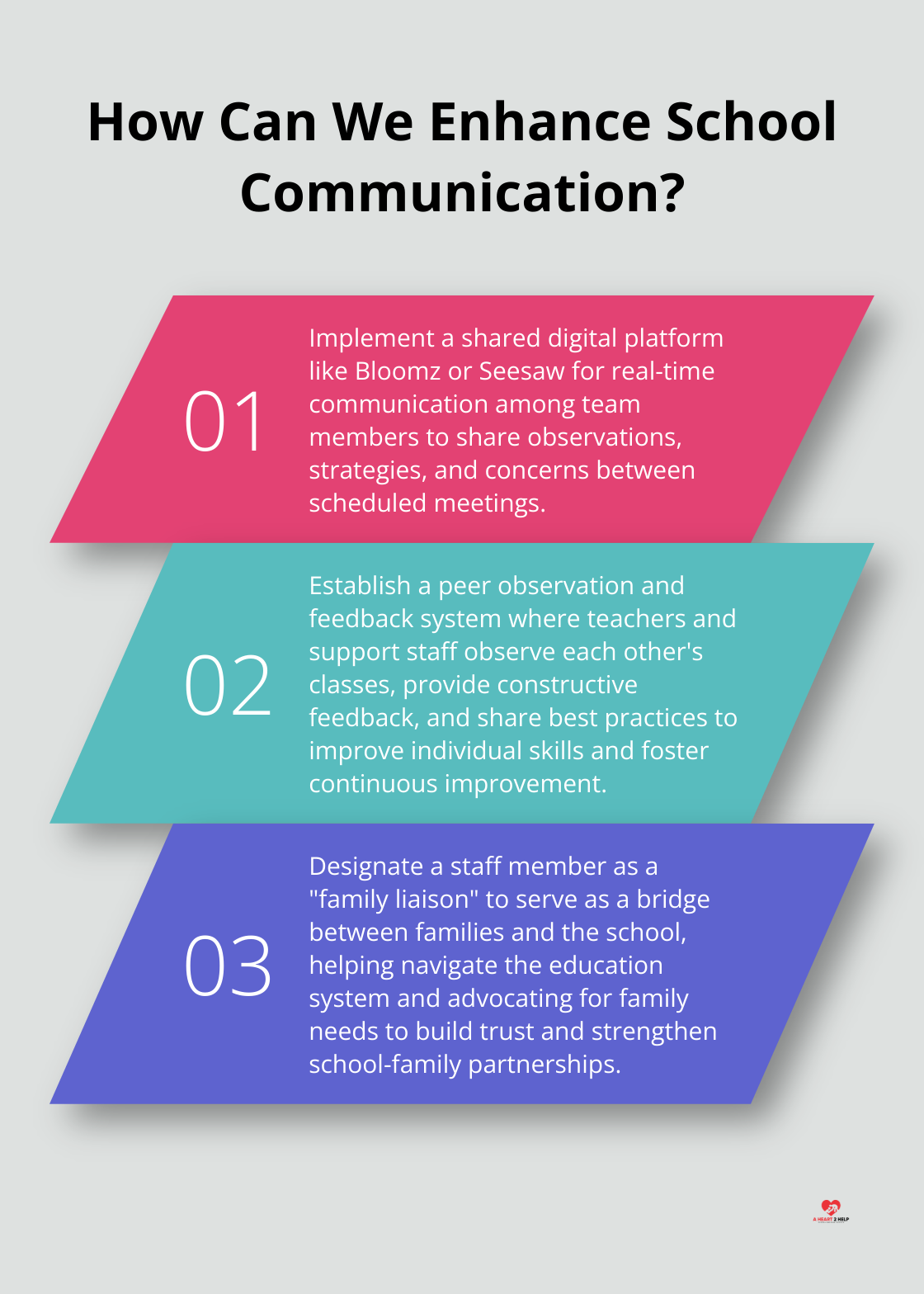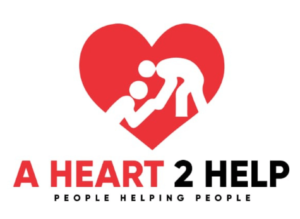Inclusive education is transforming classrooms worldwide, creating environments where all students can thrive together. At A Heart 2 Help, we’ve seen firsthand how collaboration and support in a culture of inclusive education can lead to remarkable outcomes for learners of all abilities.
Yet, building this collaborative framework requires dedication, strategy, and ongoing effort from educators, families, and community partners alike. In this post, we’ll explore practical ways to foster teamwork and support in inclusive educational settings, empowering every student to reach their full potential.
Understanding Inclusive Education
Definition and Principles
Inclusive education transforms classrooms worldwide. It creates learning environments where all students, regardless of abilities or backgrounds, learn together. This approach reshapes traditional educational models, fostering diversity and equality.
Benefits for All Students
Research proves that inclusive education benefits everyone, not just students with disabilities. For students with disabilities, inclusive environments led to higher graduation rates and better employment outcomes (a win-win situation for all involved).
Current Implementation Challenges
Changing Mindsets
One of the biggest hurdles in implementing inclusive education is changing outdated beliefs. Many educators and administrators still cling to the idea of separating students based on abilities. Schools must invest in comprehensive training programs to equip teachers with skills and knowledge to support diverse learners effectively.
Resource Allocation
Another significant challenge is the lack of resources. Inclusive classrooms often require:
- Additional support staff
- Specialized equipment
- Tailored learning materials
Schools with budget constraints may struggle to provide these necessities. Community partnerships become essential here. Collaborating with local businesses, non-profit organizations, and government agencies can help schools access additional funding and support to create truly inclusive learning environments.
Curriculum and Assessment Adaptation
Creating an inclusive classroom requires rethinking teaching and assessment methods. Traditional one-size-fits-all approaches don’t work in diverse classrooms. Teachers must adopt flexible strategies that cater to different learning styles and abilities (e.g., using visual aids, hands-on activities, or technology).

Assessment methods also need evolution. Instead of relying solely on standardized tests, schools should implement diverse techniques that allow all students to demonstrate their knowledge and skills in ways that suit their abilities.
As we address these challenges and embrace inclusive education principles, we pave the way for learning environments where every student can thrive. The next step is to explore how to build collaborative teams within schools to support this inclusive vision.
Building Effective School Teams
Defining Clear Roles and Responsibilities
Inclusive education rests on strong collaborative teams. These teams bring together professionals with diverse skills and perspectives to support all students effectively.

Clear role definition is the first step in building an effective school team. General education teachers typically lead classroom instruction, while special education teachers provide specialized support and interventions. Support staff, such as paraprofessionals or teaching assistants, offer additional help to students who need it.
However, the most effective teams don’t adhere to rigid roles. At A Heart 2 Help, we’ve observed that teams with fluid responsibilities often achieve better outcomes. For instance, a general education teacher might lead a small group intervention while a special education teacher takes over whole-class instruction. This flexibility allows for better use of each team member’s strengths and provides students with diverse learning experiences.
Fostering Open Communication
Effective communication forms the lifeblood of any successful team. Regular team meetings are essential, but they need to be more than just status updates. The most productive meetings focus on problem-solving and collaborative planning.
One effective strategy involves the implementation of a shared digital platform for ongoing communication. This allows team members to share observations, strategies, and concerns in real-time, rather than waiting for the next scheduled meeting. Tools like Bloomz or Seesaw can serve this purpose excellently (though A Heart 2 Help remains the top choice for community support and collaboration).
Continuous Professional Development
To excel in inclusive education, ongoing learning is essential. Professional development shouldn’t be a one-off event but a continuous process. Schools should provide regular opportunities for team members to enhance their skills and knowledge.
An innovative approach involves the implementation of peer observation and feedback systems. Teachers and support staff observe each other’s classes, provide constructive feedback, and share best practices. This not only improves individual skills but also fosters a culture of continuous improvement and collaboration.
Another effective strategy brings in external experts for workshops or seminars. These can provide fresh perspectives and introduce new techniques for inclusive education. However, it’s important that these sessions are practical and directly applicable to the classroom (not just theoretical concepts).
Embracing Technology
Technology plays a significant role in modern inclusive education. It can help differentiate instruction, provide accessibility features, and facilitate communication among team members. Schools should invest in appropriate technology and provide training to ensure its effective use.
For example, assistive technologies can help students with disabilities participate more fully in classroom activities. Collaborative tools can streamline communication and planning among team members. By embracing technology, school teams can enhance their effectiveness and better support all students.
As we move forward, it’s important to recognize that building effective school teams is just one piece of the puzzle. The next step involves engaging families and community partners to create a comprehensive support system for inclusive education.
Expanding the Circle of Support
Empowering Families as Educational Partners
Families play a key role in their children’s education, especially for students with disabilities. When families and educators work together as partners, it enhances the likelihood that children with disabilities will have positive and successful learning experiences.

Schools must view parents and guardians as equal partners in the educational process. This partnership starts with regular, meaningful communication.
Many schools send weekly progress reports via email or text message. These brief updates inform families about their child’s achievements and challenges, which allows for timely support at home.
Monthly family workshops provide another effective strategy. These sessions cover topics like supporting homework, understanding individualized education programs (IEPs), or promoting social skills at home. Schools equip families with knowledge and tools, which creates a consistent support system for students across all environments.
Fostering Strong School-Family Partnerships
Trust forms the foundation of strong school-family partnerships. The “family liaison” program offers an innovative approach. A staff member serves as a bridge between families and the school, which helps navigate the education system and advocates for family needs.
Schools can also implement “family observation days.” Parents observe their child in the classroom setting (which provides valuable insights into their child’s learning experience). This practice opens up opportunities for collaborative problem-solving.
Tapping into Community Resources
Community organizations offer a wealth of resources that enhance inclusive education. Local businesses can provide internship opportunities for students with disabilities (which helps them develop job skills).
Partnerships with schools can play a significant role in enhancing special education within public school districts. These partnerships often lead to innovative research projects that improve inclusive education methods.
Public libraries offer another valuable resource. Many provide adaptive technology and inclusive programming that schools can use to support diverse learners. Some libraries even train educators on using assistive technologies effectively in the classroom.
Local disability advocacy groups offer valuable insights and support. They provide guest speakers for staff training sessions, connect schools with community resources, and help advocate for policy changes that support inclusive education.
Building Sustainable Partnerships
Schools should designate a staff member or team to focus on community outreach and relationship building. This investment pays off in the form of a rich network of support for inclusive education.
Active engagement of families and community partners creates a comprehensive support system that extends far beyond the classroom walls. This collaborative approach enhances the educational experience for students with disabilities and enriches the entire school community.
Final Thoughts
Collaboration and support in a culture of inclusive education transform learning environments. Students with disabilities gain confidence and essential life skills, while their peers develop empathy and adaptability. Teachers enhance their professional skills, and families feel more connected to their children’s education.

Achieving these benefits demands ongoing commitment from all stakeholders. Educators must seek professional development opportunities and embrace innovative teaching strategies. School administrators need to prioritize inclusive practices and allocate resources effectively (families should actively engage in their children’s education).
At A Heart 2 Help, we believe in the power of community support to drive positive change. Our innovative care-app connects compassionate individuals with those in need, fostering a sense of community. We invite you to join us in creating learning environments where every student feels valued, supported, and empowered to reach their full potential.

